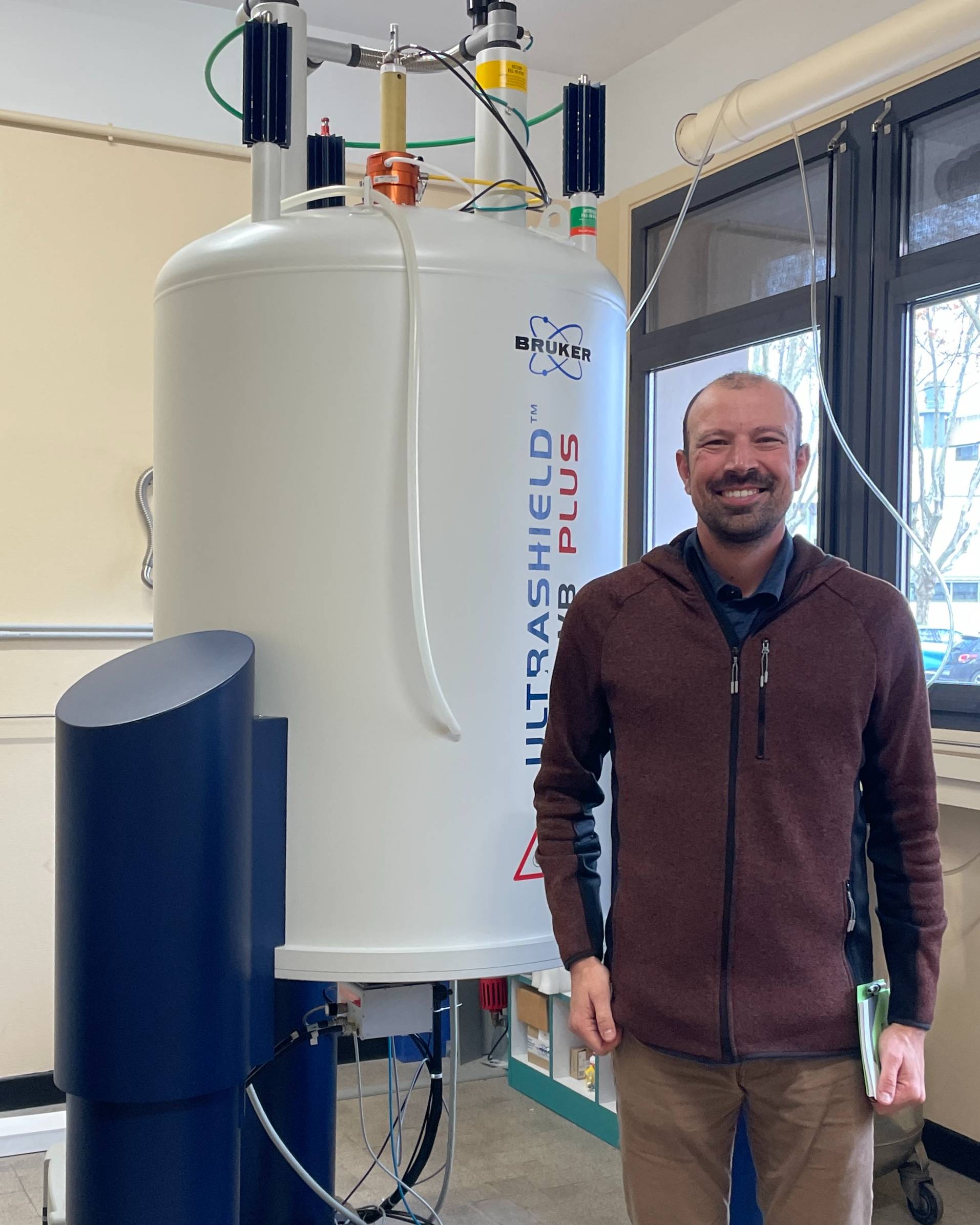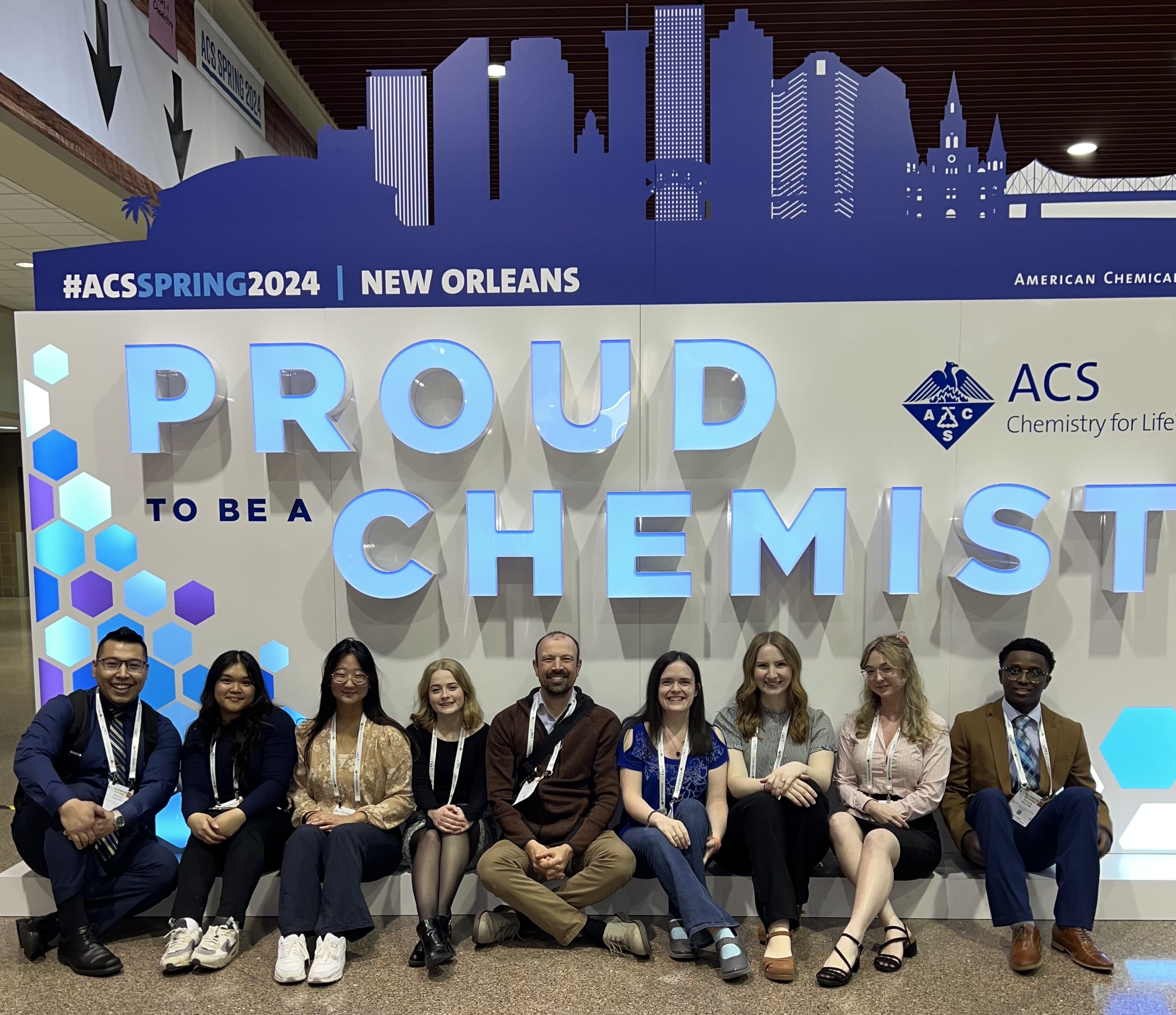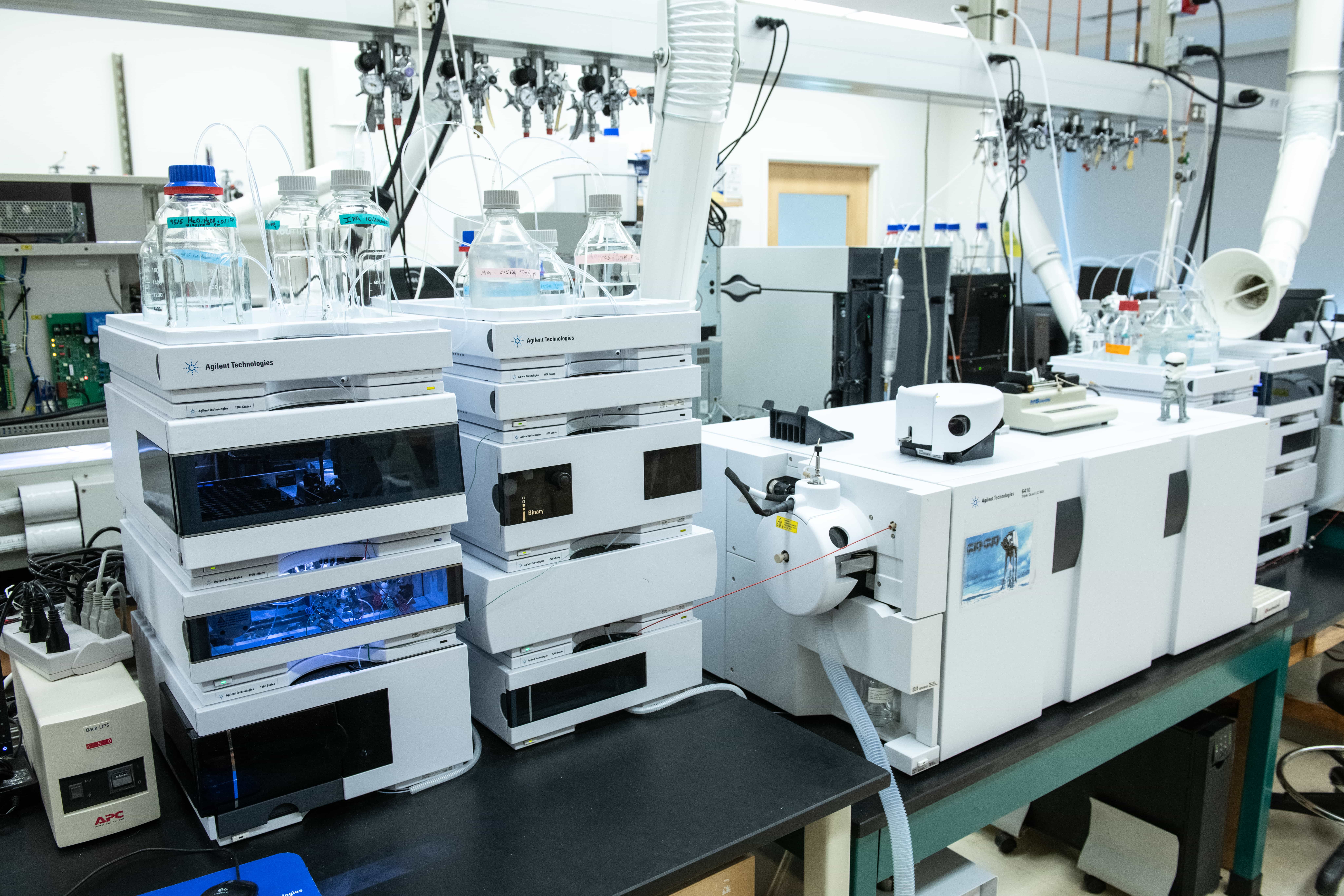Faculty Spotlight: Patrick Tomco

Dr. Patrick Tomco is a Professor of Chemistry and the Director of the Applied Science, Engineering and Technology (ASET) Lab. A third generation Alaskan, Dr. Tomco received his Bachelor of Science in Environmental Chemistry at the University of Nevada - Reno, followed by his Ph.D in Agricultural and Environmental Chemistry, University of California - Davis. Dr. Tomco has always had an interest in chemistry problems that are interdisciplinary. His work and research center on topics that can be applied to a wide range of disciplines, including biological sciences, physics, geological sciences, or environmental sciences.
Dr. Tomco sat down with us to discuss his ongoing research, his work in the ASET Lab, and working with students here at UAA.
Can you share more about your work, including your interdisciplinary focus?
“Typically, I have two themes in my projects. The first theme centers on chemicals that are contaminants in the environment. These contaminants are usually introduced by or caused by anthropogenic activities (i.e. caused by humans). The other theme is focused on human-introduced climate change. I look at contaminants that are in the environment and I look at how different factors in the environment cause them to break down and degrade. This is where the interdisciplinary studies come into play; from a biological sciences perspective, I am interested in organisms that are exposed to those contaminants and how they respond when they are exposed.
In Alaska and other northern latitudes, we have unique environmental conditions, which adds to these themes in my research. In the winter, it is very cold, with very little sun exposure, contrary to the summer when there is sunlight almost all the time. Organisms that are in northern latitudes have evolved to their cold regions; for instance, some have high lipid content. Factors like prolonged duration of chemicals in the environment in conjunction with organisms that are very highly lipid-rich (or high in fats) lead to higher levels of accumulation. My research fills in and works to identify special considerations for trends in high-latitude regions.”

Recently, you were on sabbatical, and part of this time involved a trip to the French National Centre for Scientific Research (CNRS). Can you share more about that trip?
“When I went to France, Lyon specifically, I was intrigued by my son’s French immersion program. I was interested in making connections with, and possibly creating a UAA exchange program with the French National Centre for Scientific Research (CNRS). CNRS is a very large institution, with interdisciplinary focuses and an emphasis on sciences and engineering. The CNRS has some of the most advanced technology in the whole world related to chemistry, in addition to dozens of faculty members that are world experts in that area. I thought this would be a great place for our students to get the chance to study and learn for a semester.
After my initial trip there, I made some connections, and started working up the idea of an international study/work study/exchange option for students. I wanted to come up with new opportunities for our students, not just to travel, but to study. My idea is to have an internship program, where some of our UAA students travel to Lyon, while students from CNRS travel to Anchorage. In France, as part of their technical degree, students have to complete an 8-week internship, which can be conducted in any number of places. I am hopeful to continue exploring the possibilities of a collaboration, and get our students access to these unique experiences.”
Speaking of students, you work with undergraduate students quite a bit. Can you share more about your experiences with undergraduate researchers?
“Like my research interests, the students I work with come from a variety of areas, including biological sciences, anthropology, geological sciences, engineering, and of course, my home department of chemistry. The students I work with are typically interested in environmental sciences or biomedical sciences. The topics they are interested in involve a theme of chemistry, but the applications can be applied to other disciplines.
When I am working with a student, I always make sure to get a feel for what their interests are, and what goals they have for the research experience. I also like to help my students with opportunities like presenting at conferences. The conferences are a great professional development opportunity for students, because they get to present the findings of their research project, meet other students, and get ideas for what career they might want to pursue. They collected the data, concluded their findings, and now are able to present that to an audience. Those are all very key pieces to be able to grow and develop professionalism.”


In addition to your role as a faculty member and researcher, you are also the Director of the ASET Lab. Can you tell us more about the lab?
“The ASET Lab is a shared instrumentation facility operated by the faculty of the UAA Chemistry Department. The goals of the ASET lab are to support the integration of research and undergraduate/graduate student experience. We also help to develop high-demand job skills for students in quantitative analytical methods. We engage UAA faculty in their professional fields to establish interdisciplinary collaborations, and we connect with local industry and community members to address research questions unique to Alaska.
There are numerous types of analysis that are typically conducted in the ASET Lab. Probably the most requested type of analysis is called metabolomics. Metabolites are the chemicals in your body that are responsible for producing energy, for instance amino acids. Our lab will profile these chemicals, and help with the analysis of any chemicals that are responsible for changes or abnormalities.”
Thank you, Dr. Tomco, for your time, and for your continued work with students and with the ASET Lab.









